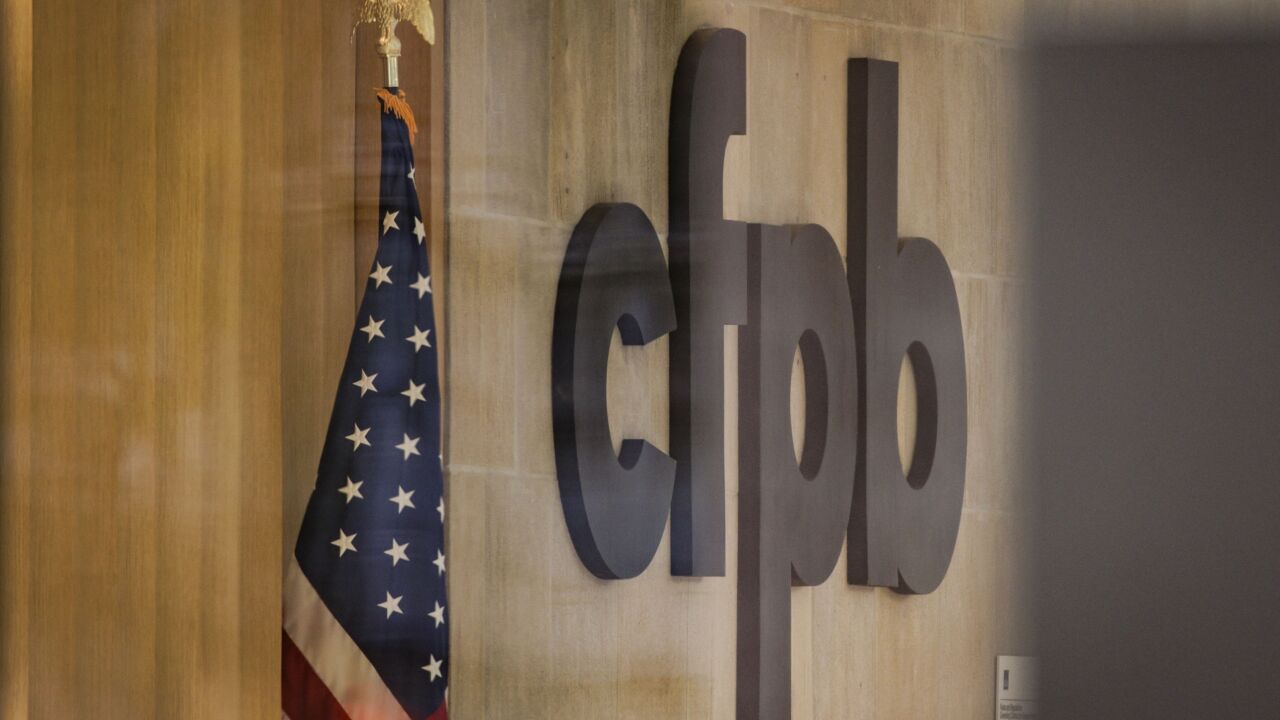While waiting for its acquisition by Royal Bank of Scotland to become official, Charter One remains active on the product-rollout front, deploying proactive and economical ways to connect with its base of consumers.
The $41 billion-asset institution is the first bank to take a whirl with a real-time event-notification system being marketed by Corillian. The Corillian Alerts system enables the bank to deliver time-sensitive financial information to consumers across a number of business and delivery channels at any time through a variety of different devices.
This includes events or conditions that can be a call to action for a consumer who would otherwise have to seek out the information or wait for periodic statements. The system alerts consumers of low balances, new deposits, bill-payment arrivals and deliveries, scheduled electronic statements and service announcements. The notifications work as an opt-in service where consumers can select from a menu of notifications at the financial institution's Web site and sign up for a secure in-box that acts as a repository for all notifications a customer chooses to receive.
Charter One, which is still in the midst of a quiet period related to the Royal Bank of Scotland acquisition, did not comment on the rollout. Chuck Drake, vp of marketing for Corillian, casts the alerts as a means for institutions to reach out to their consumers in an active, personalized manner, rather than waiting to respond to customers' requests.
The tech company, which has about 55 financial-services clients overall, hopes to gain a foothold among its competitors as a provider of alerts in a period when the underlying technology is becoming increasingly complex. Corillian also wants to maintain its position among Web-technology providers in a fiercely competitive market, where it has seen four of its customers land on Gomez's ranking of the top 10 banking Web sites.
Corillian is partnering with CenterPost Communications, a firm that provides automated customer communications products, to enable notifications to be sent via phone calls, mobile text messaging, e-mail, fax or instant message.
One of the primary uses of alerts is as a means to keep customers abreast of changes in their accounts and how transactions change the sums in those accounts-all in real time. "You can send an alert when an account meets a minimum," Drake says. "Or on the high end, you may want to trigger a funds transfer. You can't really get that service through a call center, branch or other channel."
And there's also the requisite time and labor savings, as the alerts move information dissemination away from human staff. TowerGroup estimates the cost of an average alert is about 25 cents, while that of an average phone session is $2.77. "Offloading even a small percentage of inbound service calls to outbound alerts translates into a sizable savings, even for larger financial-services institutions," says George Tubin, a senior analyst at TowerGroup.
Alerts have been around for about a year, though financial institutions are only beginning to catch on to their value to consumers. In addition to Charter One, Corillian has found another taker in Australian bank Suncorp-Metway. A handful of other financial institutions, like Citigroup, have developed internal alert systems.





